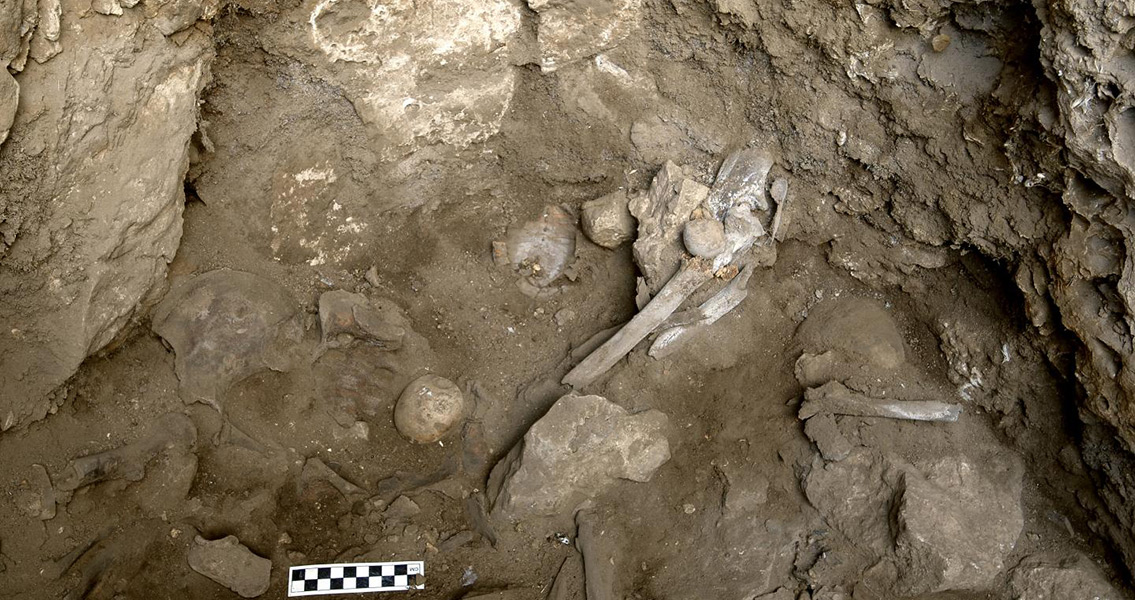<![CDATA[The prehistoric grave of a female shaman, dated to around 12,000 years in the past and uncovered in the northern Israeli region known as Galilee, has yielded a treasure trove of artifacts. Archaeologists found a wide variety of items buried within the grave alongside the shaman’s remains, including a mystifying 86 tortoise shells. Other finds include a cow’s tailbone, a pig’s leg, the pelvic bone of a leopard, the wing of an eagle, and a human foot. The research team, led by Connecticut University’s Professor Natalie Munro and Hebrew University of Jerusalem’s Professor Leore Grosman, has been able to gather enough information from the grave to speculate on how the funerary rites of the woman might have played out, according to an article in Haaretz. The internment of the female shaman bore the marks of several unique features of human society during a period of time known as the Late Natufian, which stretched from 10,800 BCE to 9,500 BCE. The woman herself – who was likely a shaman or some other important figure, based on the complexity of her burial – was around 45 years of age at her time of death. Her extremely short stature, and the number of illnesses and diseases she suffered from (as discernible from her skeletal remains) would have lent her a highly unusual look. This appearance, plus her advanced age for the time, would have marked her as quite special indeed. The archaeologists involved in the new dig say that the remains they have so far recovered from the site are miraculously preserved. Over the past three years, they have excavated just 50 centimeters down into the ground – approximately one and a half feet – to expose the female shaman’s grave; researchers believe that she might be the oldest burial in the cave, and that the prehistoric cemetery grew around her over time. Thanks to how well-preserved the burial was, scientists were able to identify multiple funerary rite stages that were practiced as the woman was interred. Hilazon Tachtit, as the dig site is known, is composed of a cave near the Lower Hilazon River that bears evidence of being used as a ritual funeral site. More than 25 people have been found interred in the ground in addition to the shaman, and the evidence left behind has proven to be instrumental in understanding the Natufian era, especially as it began to transition from an itinerant hunter-gather lifestyle to an agrarian one. In fact, the Natufian people, who were native to the Levant starting from around 15,000 years in the past, are thought to have been some of the first modern humans to create permanent settlements. Study of the culture indicates that while Natufian tribes did continue to gather fruit and hunt for meat, they also began to grow their own food. Evidence in the form of giant grinding stones, used to make barley into flour, indicates the Natufian even baked their own bread as well. The research paper accompanying the archaeological find, published in the journal Current Anthropology, can be found here Image courtesy of Naftali Hilger ]]>
12,000-Year-Old Grave of Female Shaman Found in Israel
